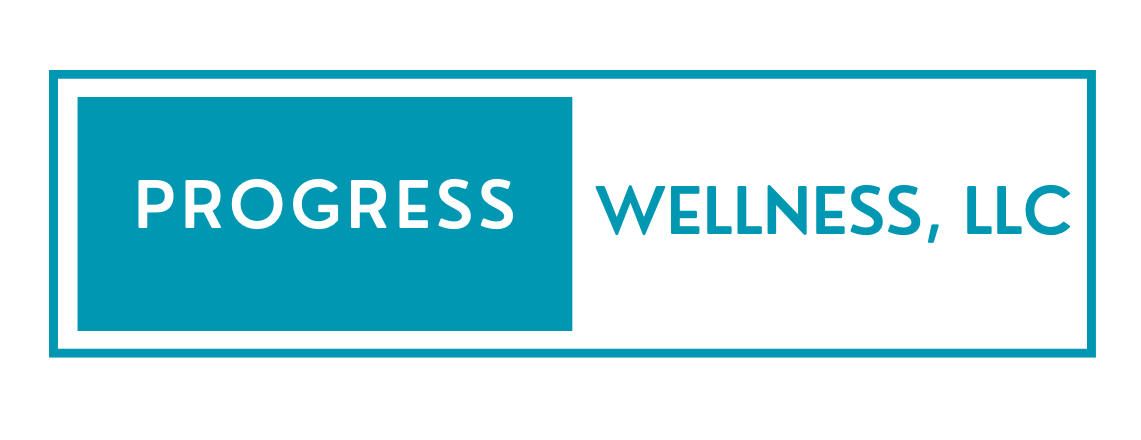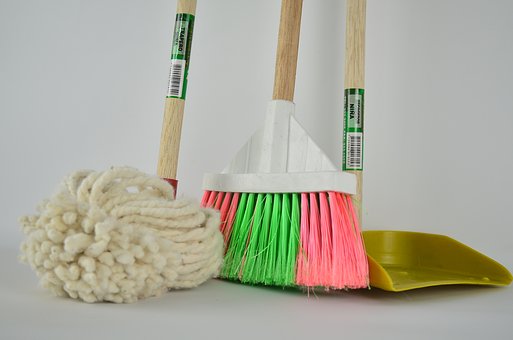Photo was taken during one of my mindful walks with my daughter!
As days blur into months, many of us feel like we are living in a time warp. The good news is April has arrived, and that means it is staying lighter out longer, which will hopefully help many people feel better even if we are stuck inside. Light can help improve mood. So open your shades and windows to let that light in, if you can, especially if you can’t go for a walk or step outside.
Over the past month, I have had several clients ask what a stress expert like me was doing to cope through this challenging and stressful time. Good question!
Below are the top three skills that I am using every day. For me, these skills are connected to my life as a parent. But they can really help anyone, no matter your situation. I hope they will give you a jumping-off point for how to create your own set of skills. Just like letting in the light, small tweaks and additions in our lives can help improve the moment and decrease overall stress!
All together, these three skills take 65 minutes of my day. Each skill provides a different level of enjoyment. Combined, these 65 minutes are what helps me manage my stress and cope through all the current uncertainty throughout the rest of each day. And one of the best things about these skills is that you can take as little or as much time as you want with each of them.
My Best Three Skills Right Now
Waking up 30 minutes early to lounge in bed.
This is a luxury I have not had in my life for almost two years, and I will definitely be keeping this skill. Pre-parent life, lounging in bed was my thing on weekend mornings. If it were a sport, I would have been a great competitor.
But after becoming a mom, that stopped overnight. Adding this back into my routine has been restorative. Instead of sleeping in, I wake up 30 minutes earlier so I can read the news, check personal email, and goof around on my phone—all while nice and cozy under the covers. And since my husband is already up and out of bed, I also make a point of spreading out— I call it starfishing! It’s a wonderful 30 minutes.
Appreciating my morning cup of coffee, especially the smell and the first few sips.
I take in the scent as it brews and sneak the first few sips in before I go upstairs to get my daughter ready for her day. Of course, I have had coffee in my life for many years. But for a while, I had been getting my morning cup at a local coffee shop before I headed to the office and drinking it at work. I had forgotten how nice it is to smell freshly brewed coffee in the morning. See? It really can be about the little things!
Taking mindfulness walks.
I never took them before the pandemic. When I would walk to work, I was always on the phone or listening to a podcast. Yes, this was still “me time,” but rarely did I feel in the present moment. And when I would go on weekend adventures with my daughter, we’d go to places she could run around and explore, so I was focused on making sure she didn’t get hurt.
Now we walk together, and I keep my phone away. We walk and talk; point at colors, birds, trees, and fun window boxes; and say hello to the dogs (from six feet away, of course!).
These types of walks are a new skill I did not have before. Now I get to look around and practice appreciation, and I really get to enjoy seeing my daughter have fun up close. I come back from these walks feeling lighter, more grounded, and ready to start my day. When the day comes where I can head back to the office, I know I will very much miss these walks—and realizing that helps me appreciate time in general. This is time I get with her that I did not have before, and we all know how quickly time often seems to go! Who knew one skill could give so much?
You never know what skills and strategies are going to work for you and stick around long-term, so I recommend trying lots of things out at least a few times. Even if your initial thought is “that’s not for me,” give it a go!
I did not think about adding an extra 30 minutes to my morning until I saw my husband do it. I love my sleep, so I was honestly skeptical this would work for me. But I decided to try it, and now I look forward to that time and cherish it.
I hope you can find some help with these skills. I’d be curious to know how they go for you.


